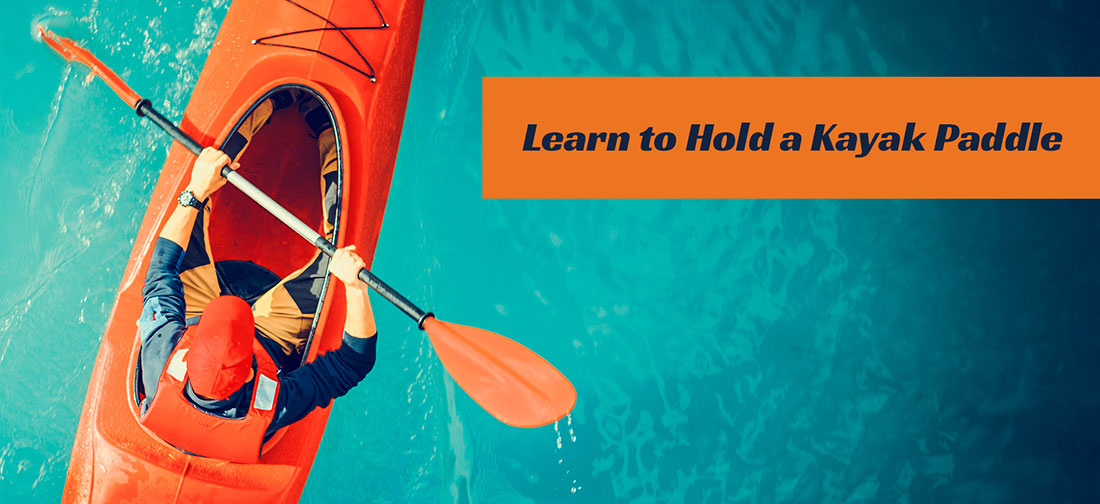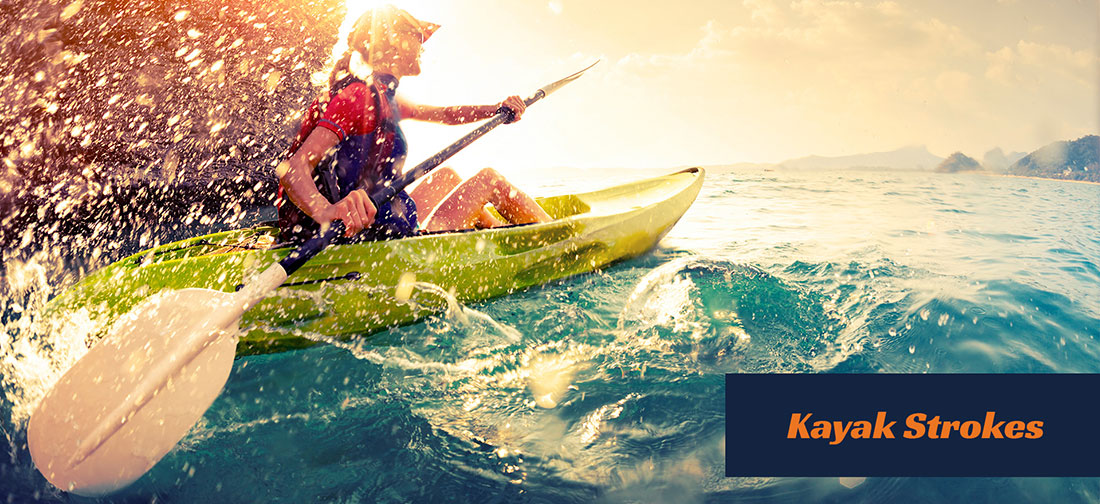How do you kayak without getting tired?
Perhaps you just signed up for a Hoover Dam kayak tour, and you’re wondering how to get in shape. Or maybe you are hoping to try kayaking near Las Vegas but want to ensure you have the strength and stamina required. If you want to kayak without getting tired, you’ll need to build strength and endurance first.
Sitting Properly in a Kayak
It might not seem like an essential aspect of kayaking without getting tired, but learning to sit correctly in your boat can make a big difference in how quickly and easily you get fatigued out on the water if you do at all. Good posture will make kayaking easier, and it will also make you a more efficient paddler. Having good posture when kayaking also reduces the risk of injury. You will be able to travel farther and faster in your boat with minimal effort. If that sounds appealing, read on to learn more about how to sit in your boat! Ideally, you’ll want to maintain a straight line from your head down to the base of your spine. Your legs should be spread apart about hip distance in a V-shape formation. Each leg should be slightly bent, and each foot should rest on a foot peg.
You should push your thighs out to the sides of the sit-in kayak. Some people even have thigh braces that help keep their thighs in the proper position when they are kayaking. If you forget or have trouble keeping your torso straight, imagine that there is an invisible line running from your belly button all the way up to the top of your head. Keep everything straight, including your shoulders. Many people, especially novice kayakers, lean back in the boat as if sitting on a couch at home. Leaning back too far is not good for your balance and can even cause back pain, especially when you make sharp turns. It’s natural to start leaning back in your boat as you become more fatigued, which can easily happen after a long day of kayaking in Nevada. However, if you get to the point where you are so tired that it’s hard to sit up straight, it is better to take a rest than continue kayaking down the river with poor posture.
Learn to Hold a Kayak Paddle
Paddling might seem like a straightforward activity, but it’s important to learn how to hold the paddle properly to avoid getting tired, sore, or injured. Paddling may seem like a simple part of kayaking, but there is a method to the technique that is good to learn in order to be more efficient and injury-free when you are out boating. For starters, ensure that you have the right paddle size for your boat and height. Having a paddle of the proper size makes paddling much more effortless and reduces the likelihood of injury and fatigue.
For starters, you’ll want to get to know your kayaking paddle. That includes learning whether or not the blades are symmetrical or asymmetrical. The blades can also be either feathered, unfeathered, or flat. If the paddles are asymmetrical, one side will be slightly shorter than the other. The difference, however, is usually minimal. Even though the sides may differ on asymmetrical blades, they help you paddle more efficiently in a straight line.

Curved and straight blades are another option. Curved blades are often recommended for novice kayakers, as they are better at catching the water and pulling against it. Feathered and unfeathered blades are also a common distinction for kayakers. Unfeathered blades have a parallel design, which usually means one side is shorter than the other. Feathered blades have angles that form a V-shape with one another. These blades are slightly more complex, and you will need to rotate the paddle each time you put the paddle in the water for efficiency. Each stroke with a feathered paddle means that the paddle enters the water vertically.
On the other hand, an unfeathered blade cuts through the water in a horizontal fashion, reducing air resistance and making your paddling stroke faster. If you are new to kayaking, you might not be sure if your kayak paddle is feathered or unfeathered. To figure out what kind of blade you have, lay your paddle flat down on the ground. If both sides of the paddle lie flat on the ground, it does not have feathers. If one side sticks up more than the other, you have feathered kayaking blades.
Use the Correct Position
Your hands and arms must be in the correct position to make kayaking easier. Find the center point of gravity on your kayaking blade to improve your kayaking efficiency. Move your hands and elbows until they are at a 90-degree angle. They should remain in this position as you paddle to ensure you have a complete and efficient kayaking stroke. Keep your hands firmly in place while bringing the paddle down in front of your body. Your arms should rest at a 90-degree angle to your torso, a position called the paddler’s box.
Change Your Grip
Having the proper grip on the kayaking paddle can make a big difference in your comfort level and stamina. It’s natural for novice kayakers to have a death grip on their paddles. However, that’s not the key to success for kayaking! Instead, loosen your grip so that you are holding the paddle with just your thumb and index finger. The other fingers should wrap around the paddle in the same form as the “OK” sign.
Kayak Strokes
Once you know how to hold the paddle so that you don’t get fatigued kayaking in Nevada, the next step is learning to master kayak strokes. The forward stroke is the most commonly used in kayaking. To carry out this stroke:
- Move your torso to the side slightly so that you can put the blade in the water in front, to the side of your body, and close to the kayak.
- Keep your lower arm as straight as possible and push the foot closest to the paddle to the outside of the boat.
- Release the blade when the paddle reaches your hip and repeat on the other side.
The reverse stroke is another stroke to master for kayaking. The reverse stroke is the opposite of the forward stroke. You will start at the hip for this stroke and finish at your feet. This stroke is not used as frequently, but it can help you maneuver out of tight situations or navigate more easily through a narrow waterway.

The sweep stroke is a stroke you won’t perform as frequently as the forward or reverse stroke. However, it is still helpful to know, and it can sometimes come in handy. This stroke is used to turn the kayak from side to side. It comes in handy when you need to make more significant adjustments to your course, such as when you’re trying to avoid hitting a rock or another object downstream. To perform the sweep stroke:
- Look where you want to turn.
- Twist your torso and push against the side of the boat with your foot, much like a forward stroke.
- Power through the stroke and make a wide arch shape with the blade.
- End the stroke at the hip.
For more inspiration and information about building endurance for Las Vegas kayak tours, contact Blazin’ Paddles today.

